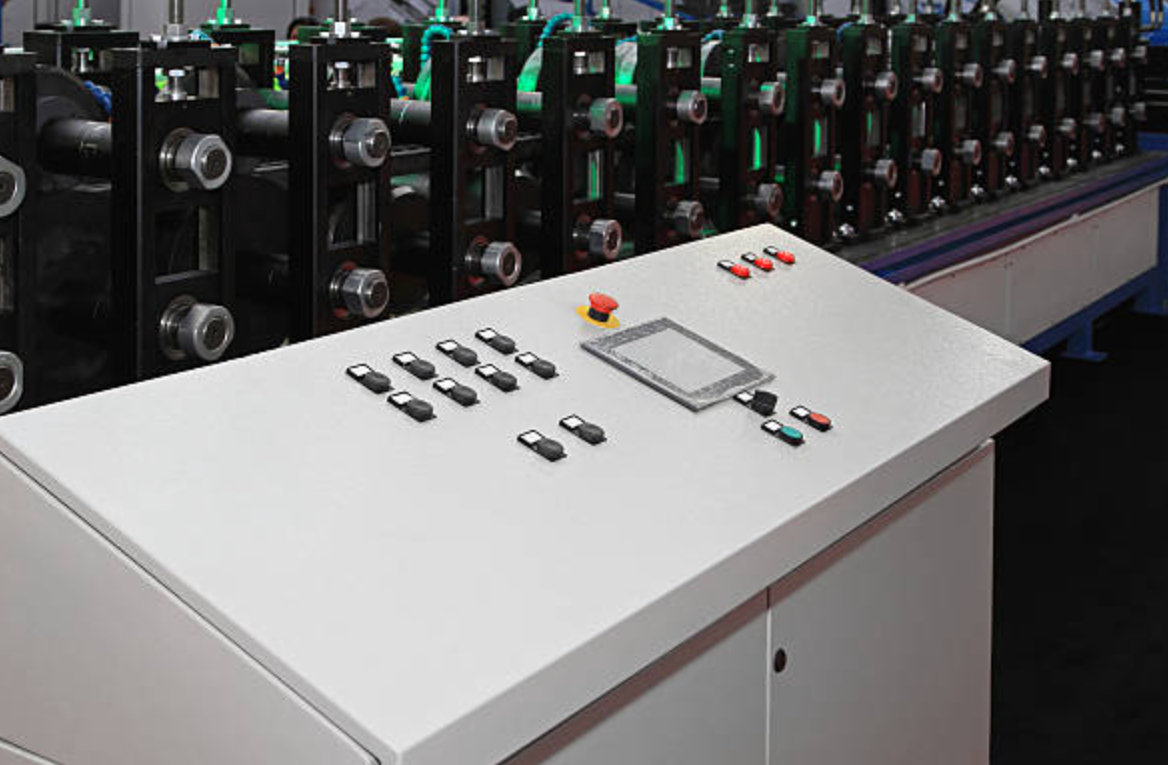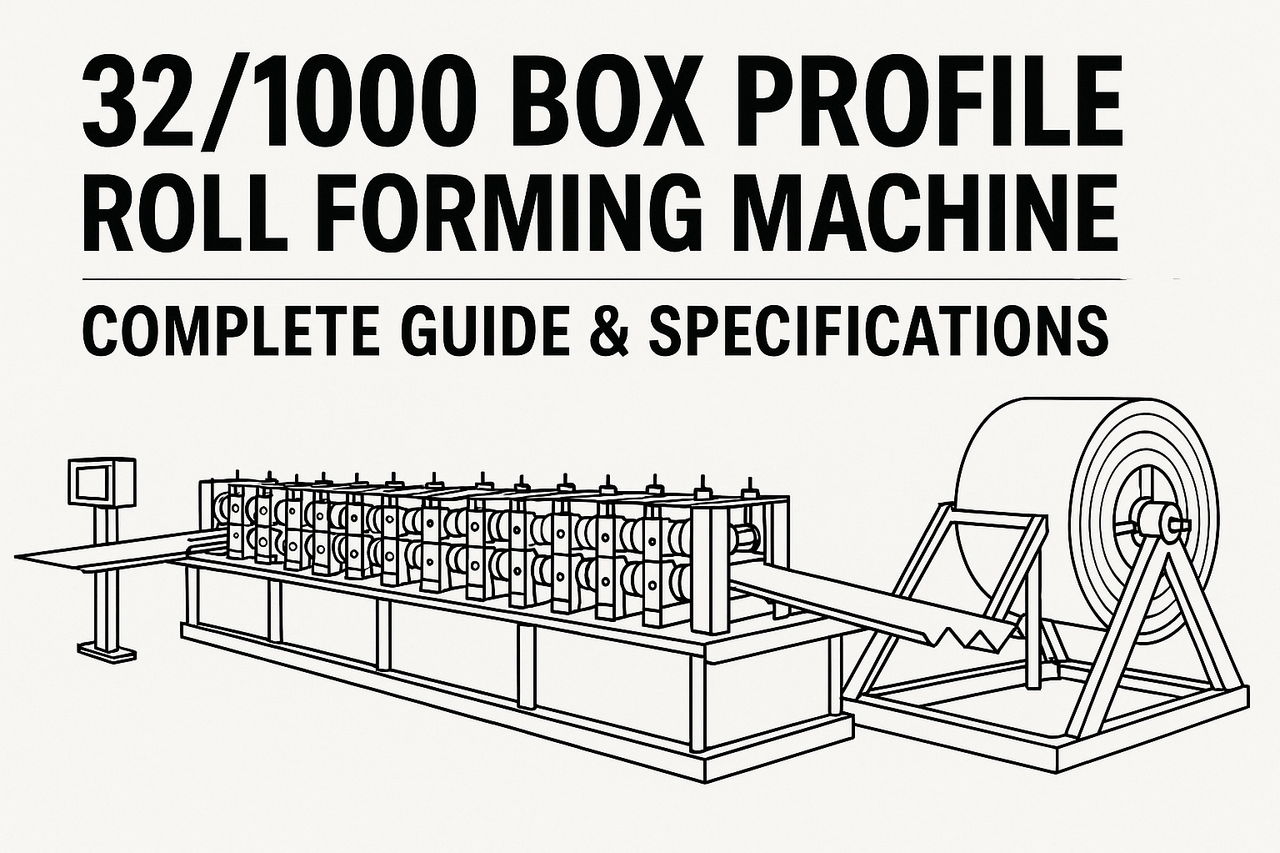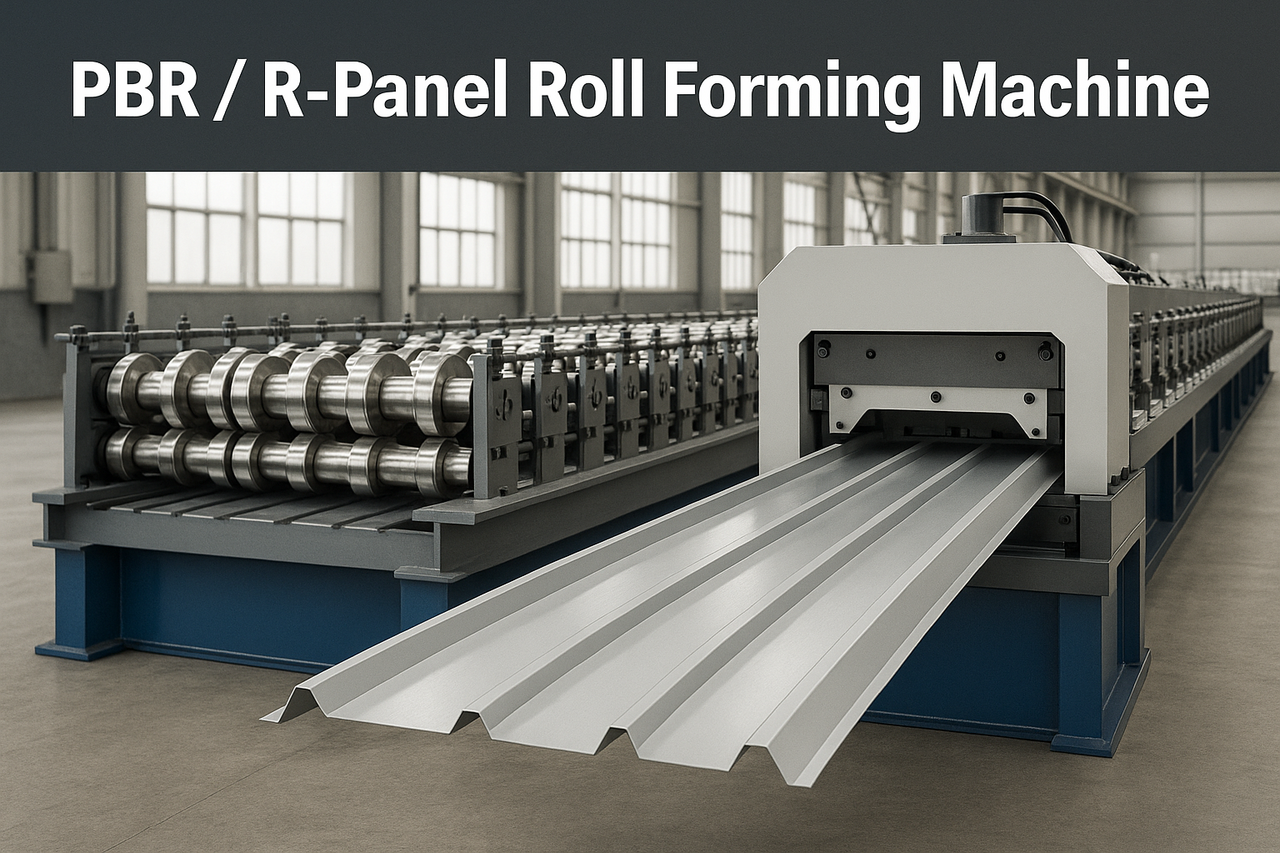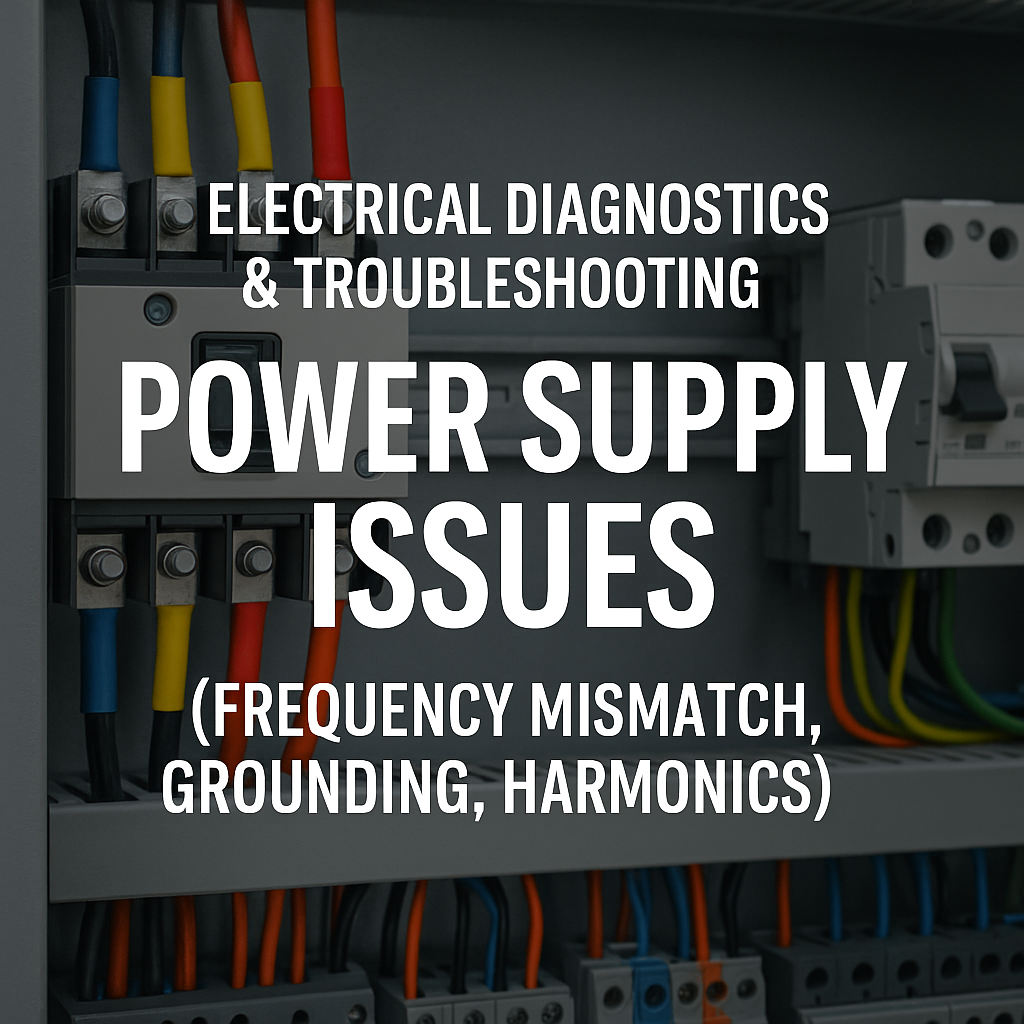Roll forming machines are essential for creating metal profiles used in construction, automotive, and other industries. As with any sophisticated machinery, electrical issues can arise, potentially disrupting production. Identifying and correcting these problems quickly is critical to maintaining productivity and machine health.
Common Electrical Issues in Roll Forming Machines
Before diving into solutions, it’s essential to recognize common electrical problems:
- Power Supply Fluctuations: Inconsistent voltage or power outages can disrupt machine operations.
- Faulty Wiring: Loose or damaged connections can cause intermittent issues or complete shutdowns.
- PLC Errors: The Programmable Logic Controller (PLC) may fail due to software glitches or hardware faults.
- Motor Failures: Electrical motors can overheat or stop functioning due to wiring issues or overloads.
- Sensor Malfunctions: Faulty sensors can affect material feeding, alignment, and cutting precision.
- Breaker Tripping: Circuit breakers may trip due to overloads or short circuits.
Step-by-Step Guide to Correct Electrical Issues
1. Ensure Safety First
- Power Down: Turn off the machine and disconnect it from the power source.
- Lockout/Tagout (LOTO): Implement safety measures to ensure no accidental power-up during inspection.
- Use PPE: Wear insulated gloves and follow electrical safety standards.
2. Diagnose the Problem
- Check the Power Supply:
- Use a multimeter to measure the voltage at the machine’s power input.
- Ensure the supply voltage matches the machine’s requirements.
- Inspect the Wiring:
- Look for loose connections, frayed wires, or burn marks.
- Tighten or replace damaged wiring as necessary.
- Evaluate the PLC:
- Access the PLC control panel and check for error codes or warning messages.
- Consult the machine’s manual to decode and address these errors.
- Test the Motors:
- Measure the motor’s resistance and voltage using appropriate tools.
- Verify that the motor’s load matches its capacity.
- Examine Sensors:
- Confirm that all sensors are clean and properly aligned.
- Use diagnostic tools to test sensor functionality.
- Inspect Circuit Breakers:
- Check if any breakers are tripped. If so, reset them after ensuring there’s no overload.
3. Resolve the Issue
- Fix Wiring Issues:
- Secure any loose connections and replace damaged cables.
- Use cable ties to organize wiring and prevent future wear.
- Reset the PLC:
- Restart the PLC and reload its software or firmware if needed.
- Replace the PLC battery if it’s weak or depleted.
- Replace Faulty Sensors:
- Swap out non-functional sensors with new ones compatible with the machine.
- Address Motor Problems:
- Repair or replace motors showing signs of wear or overheating.
- Install a motor with higher capacity if load requirements exceed the current motor’s capacity.
- Resolve Breaker Issues:
- Replace tripped breakers if they’re damaged or undersized.
- Address the root cause of the overload before resetting the breaker.
4. Prevent Future Electrical Issues
- Regular Maintenance:
- Schedule periodic inspections to identify and rectify potential issues.
- Clean and lubricate components as needed.
- Monitor Power Supply:
- Use voltage stabilizers or uninterruptible power supplies (UPS) to safeguard against fluctuations.
- Train Operators:
- Educate machine operators about recognizing early signs of electrical problems.
- Encourage adherence to safe operating procedures.
- Update Software:
- Keep the PLC and other software systems up-to-date to ensure optimal performance.
- Implement a Maintenance Log:
- Record all inspections, repairs, and updates for reference and accountability.
When to Call a Professional
While many electrical issues can be addressed in-house, some require specialized expertise. Call a certified technician if:
- The problem persists after initial troubleshooting.
- You lack the tools or experience to handle high-voltage systems safely.
- The machine shows erratic behavior beyond your understanding.
Conclusion
Addressing electrical issues in roll forming machines requires a methodical approach that prioritizes safety and precision. By diagnosing problems early and maintaining the machine regularly, you can minimize downtime and extend the machine’s lifespan. Whether you’re tackling minor wiring problems or addressing more complex PLC errors, staying proactive is the key to uninterrupted production.
For expert assistance with roll forming machines or to learn more about maintaining them, feel free to reach out to our team of specialists. We're here to help!



